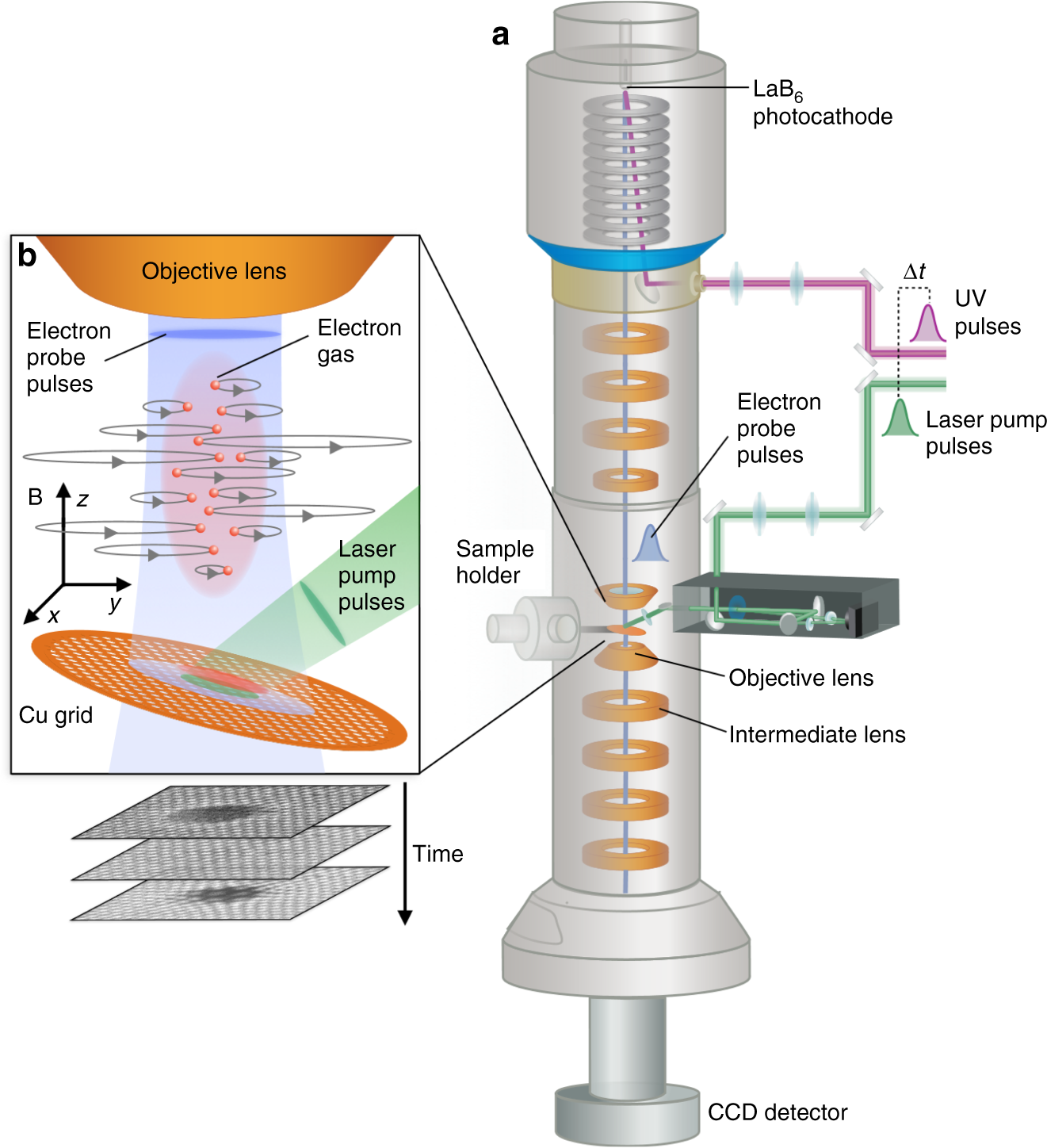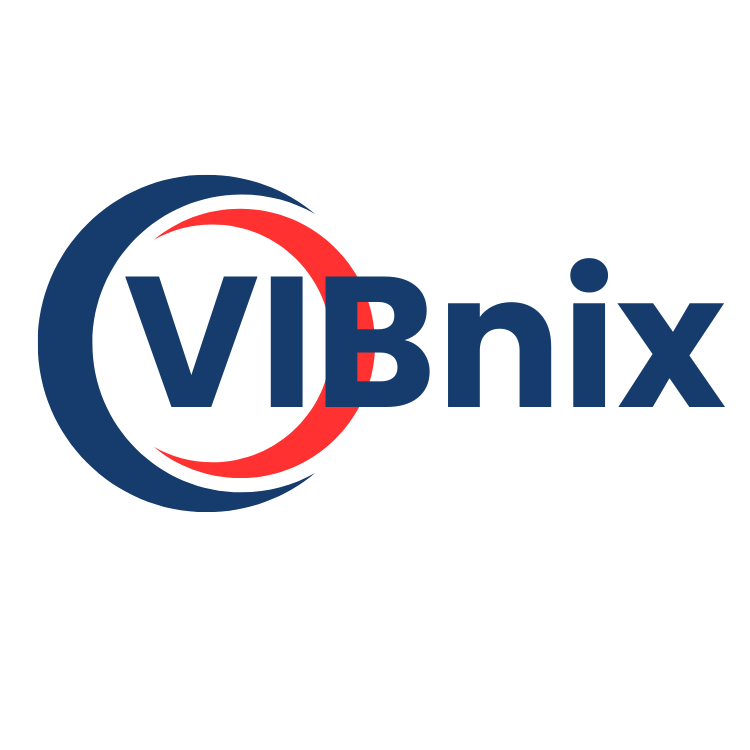Di-electric Gases Market in 2025 Trends Shaping Innovation, Sustainability, and Global High-Voltage Industry Dynamics

The di-electric gases market is evolving rapidly, driven by global energy transitions, technological advancements, and environmental regulations. Understanding current trends is critical for stakeholders, including manufacturers, utilities, and policymakers, to make informed decisions, anticipate shifts, and maintain competitiveness. These trends reveal how the market is adapting to sustainability demands, infrastructure modernization, and technological innovation.
Integration with Renewable Energy
Renewable energy deployment continues to be a major market trend. The increasing share of solar, wind, and hybrid power in energy grids creates a need for reliable insulation and arc-quenching solutions. Gas-insulated equipment using di-electric gases ensures stability and operational efficiency, particularly in systems experiencing variable loads and intermittent power generation, reinforcing demand across regions.
Shift Toward Low-GWP Alternatives
A significant trend is the transition from sulfur hexafluoride (SF₆) to low-global-warming-potential (GWP) alternatives. Fluoronitrile blends, CO₂-based mixtures, and nitrogen-based gases are gaining prominence due to environmental concerns and regulatory mandates. Adoption of these eco-friendly gases aligns with global sustainability initiatives, reduces carbon emissions, and drives market growth while ensuring compliance with international standards.
Smart Grid and Digitalization
Digital transformation and smart grid integration are shaping the future of the market. IoT-enabled sensors, predictive maintenance systems, real-time monitoring, and AI analytics optimize energy distribution, reduce operational risks, and improve system reliability. Companies embracing these digital solutions are positioning themselves as leaders in high-voltage insulation innovation.
Technological Innovation and R&D
Ongoing research and development activities drive market trends by improving gas formulations, equipment performance, and safety features. Innovations in monitoring technologies, predictive diagnostics, and energy-efficient solutions allow stakeholders to adopt advanced insulation systems, reduce maintenance costs, and enhance operational efficiency, fueling the overall market evolution.
Regulatory Influence and Environmental Compliance
Stringent regulations on SF₆ emissions and environmental sustainability are key market trends influencing product development and adoption strategies. Companies are investing in regulatory compliance, sustainable solutions, and eco-friendly alternatives, creating a shift toward greener technologies. Regulatory adherence is increasingly linked to market reputation, growth opportunities, and long-term competitiveness.
Emerging Market Penetration
Market expansion into emerging economies is a prominent trend. Rapid industrialization, infrastructure projects, and urbanization in Asia-Pacific, the Middle East, and Africa drive demand for high-performance di-electric gases. Companies customizing solutions to meet regional requirements gain a competitive edge, increase market penetration, and enhance global presence.
Sustainability as a Core Trend
Sustainability is no longer optional but a central trend. Companies adopting low-GWP gases, reducing carbon footprints, and integrating energy-efficient practices are better positioned to meet stakeholder expectations, attract environmentally conscious clients, and secure long-term growth. Sustainable practices are shaping procurement, investment, and strategic decisions across the industry.
Collaborations and Strategic Alliances
Collaborative partnerships among manufacturers, utilities, and research institutions are becoming more prevalent. Joint initiatives for R&D, pilot projects, and knowledge sharing accelerate the adoption of new technologies and alternative gases. These alliances strengthen market positioning, mitigate risks, and foster innovation, supporting trend adoption at a global scale.
Conclusion
The di-electric gases market trends reflect a combination of renewable energy integration, adoption of low-GWP alternatives, smart grid digitalization, technological innovation, regulatory compliance, sustainability, and emerging market expansion. Stakeholders that monitor and adapt to these trends can capitalize on growth opportunities, optimize operational efficiency, and establish long-term leadership in high-voltage insulation solutions. The evolving landscape demonstrates how innovation, sustainability, and digital transformation are shaping the global market for di-electric gases.
- Vibnix Blog
- Politics
- News
- Liberia News
- Entertainment
- Technology
- EĞİTİM BİLGİLERİ
- Art
- Causes
- Crafts
- Dance
- Drinks
- Film
- Fitness
- Food
- Oyunlar
- Gardening
- Health
- Home
- Literature
- Music
- Networking
- Other
- Party
- Religion
- Shopping
- Sports
- Theater
- Wellness



